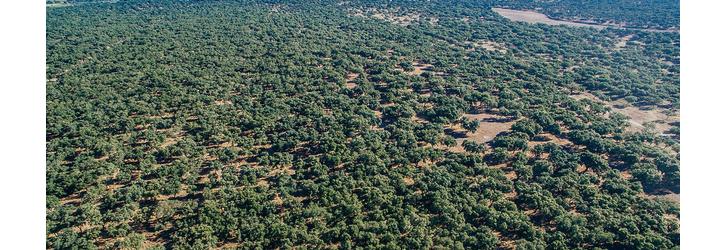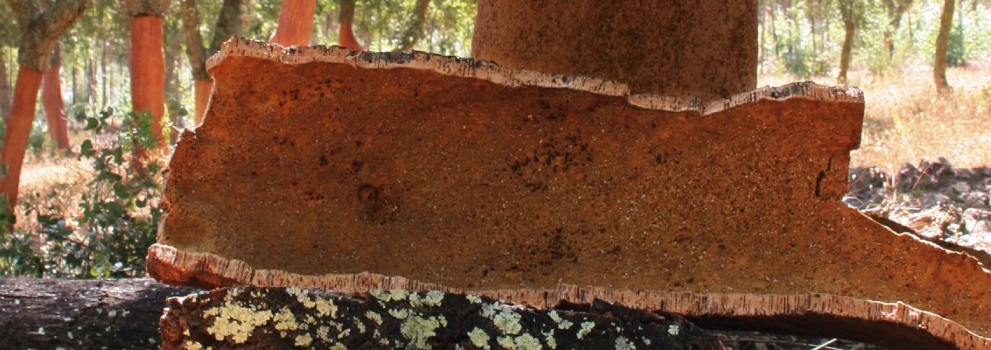Home to the most generous tree
The cork oak forest, or Montado as it is called in Portuguese, home to the fascinating cork oak tree, is an important environmental, social and economic pillar in Mediterranean countries.
Cork oak forests occupy an estimated area of over 2.1 million hectares in the West Mediterranean basin. Around 90% of the area of distribution of the species is found in Portugal, Spain, Morocco and Algeria. From all the cork oak forests, approximately 200 000 tonnes of cork are harvested each year. Portugal, which has a third of the total area of cork oaks, is the largest producer, being responsible for about 50% of the world's cork production.
2.1 MILLION HECTARES
cork oak forests ocupy an estimated area
90% OF THE WORLD'S CORK OAK FOREST
is found in Portugal, Spain, Algeria and Morocco
200 000 TONNES OF CORK
are harvested each year
Myths and Facts


